A study funded by the Swine Health Information Center Wean-to-Harvest Biosecurity Research Program, in partnership with the Foundation for Food & Agriculture Research and Pork Checkoff, sought to determine if an environmental enrichment (EE) device could be used to self-vaccinate pigs through natural behavior and reduce labor requirements. Led by Dr. John McGlone at Texas Tech University collaborating with Dr. Rebecca Robbins and Dr. Jessica Seate and a team of students, the EE device was developed to allow pigs to self-administer liquids, such as vaccines, through pig rooting, investigating, and natural play behaviors. Through measuring antibody response after self-vaccination compared to hand-vaccination, researchers investigated efficacy of vaccine delivery to pigs for erysipelas, iIleitis, influenza, and Mycoplasma hyopneumoniae. Researchers determined efficacy varies by pathogen, with erysipelas and ileitis vaccines showing similar efficacy between self and hand-vaccination.
Find the industry summary for project #23-052 on this page.
This study sought to determine if an EE self-administration device could deliver vaccines and generate robust antibodies in growing pigs against Lawsonia intracellularis (ileitis), Mycoplasma hyopneumoniae (Mhp), influenza A virus (IAV), and Erysipelothrix rhusiopathiae (erysipelas). For each vaccine trial, 36 growing pigs at approximately 200 pounds were utilized over a period of up to 49 days after vaccination. Oral fluids and serum antibodies were collected at baseline and post-vaccination to compare vaccine efficacy between the EE self-vaccination technology and traditional vaccine administration by a person. Assays for serum IgG and IgA were compared across three treatments, including 1) non-vaccinated controls, 2) pigs with individual vaccination by oral gavage or intramuscular injection, and 3) self-vaccinated group.
Pigs were raised in an experimental finishing barn similar to commercial conditions. The herd was naïve for PRRSV, PEDV, PEDCoV, TGEV, and Mhp at the time of the study. No Mhp, IAV or ileitis vaccines were being used in the sow herd; however, some pigs had background titers to ileitis prior to the study. All pigs received erysipelas bacterin at 21 days of age. Three pens (four pigs/pen) were utilized per treatment in a single barn. Each treatment group was accommodated in blocks of three adjacent pens, with contact possible through fencing within the treatment group. An empty pen was placed between treatment blocks to prevent contact between treatment groups. Pen configuration was to ensure no inadvertent exposure occurred between controls and vaccinates or between vaccination routes. The pig was the experimental unit in this study.
Pigs were randomly assigned to one of three treatments groups: 1) Control pigs that received no vaccine or exposure to the EE device, 2) Hand-vaccinated pigs receiving either IM injections of commercially licensed vaccines (Mhp and IAV) or 2.5 mL of vaccine delivered orally by hand with a syringe (erysipelas and ileitis), and 3) Self-vaccinated pigs exposed to a EE device attached to each pen which pigs could operate by pressing a panel with their snouts.
At the time of vaccine administration, 15 mL of MP (maternal pheromone) was sprayed on the front panel of the EE device to encourage pig interaction. When the panel was pressed, the device delivered a spray volume of up to 4 mL. Cameras were installed overhead, and network video recorders were used to record the self-vaccinated group to determine if all pigs received the vaccine. Sample collection was conducted at specific intervals post-vaccination to monitor antibody development.
Results for Mhp and IAV showed that self-vaccination with either antigen did not generate serum or oral fluid antibodies equivalent to the hand-vaccinated pigs. When erysipelas vaccines were tested, self-administered pigs developed both oral and serum antibodies equal to those of hand-vaccination. Pigs that self-administered the ileitis vaccine developed only oral fluids antibodies. It was determined that some vaccines have similar efficacy between self-administration compared to labor-intense individual vaccinations. However, other vaccines did not readily induce antibody synthesis.
Overall, findings suggest that self-administration of killed vaccines, such as IAV and Mhp, may not be effective when delivered via the EE device. Inactivated vaccines typically rely on systemic immunity and often require adjuvants or higher doses to enhance efficacy. These characteristics pose challenges for self-vaccination formats without precise dose controls. In contrast, live attenuated vaccines stimulate both systemic and mucosal immunity and can replicate locally at the administration site, making them more suitable for self-vaccination. Vaccine formulations or administration methods could be adapted to allow self-vaccination of select vaccines. Alternatively, an EE device may be modified to allow different methods of administration such as subcutaneous or intramuscular routes.
Using EE for self-vaccination of select vaccines has the ability to reduce labor requirements, eliminate the need for needles, provide benefits to animal welfare during immunization, and allow pen-level vaccinations or delivery of other animal health products. Self-vaccination via an EE device not only reduces labor demands but also offers a less stressful and more enriching experience for pigs compared to traditional hand-vaccination methods. This approach has the potential to improve vaccine compliance, biosecurity, and overall animal welfare in commercial swine operations using emerging technology being examined for application in the industry.
The Swine Health Information Center, launched in 2015 with Pork Checkoff funding, protects and enhances the health of the US swine herd by minimizing the impact of emerging disease threats through preparedness, coordinated communications, global disease monitoring, analysis of swine health data, and targeted research investments. As a conduit of information and research, SHIC encourages sharing of its publications and research. Forward, reprint, and quote SHIC material freely. For more information, visit http://www.swinehealth.org or contact Dr. Megan Niederwerder at [email protected] or Dr. Lisa Becton at [email protected].
Copyright 2025 | Swinehealth.org | Website by Heartland Marketing Group